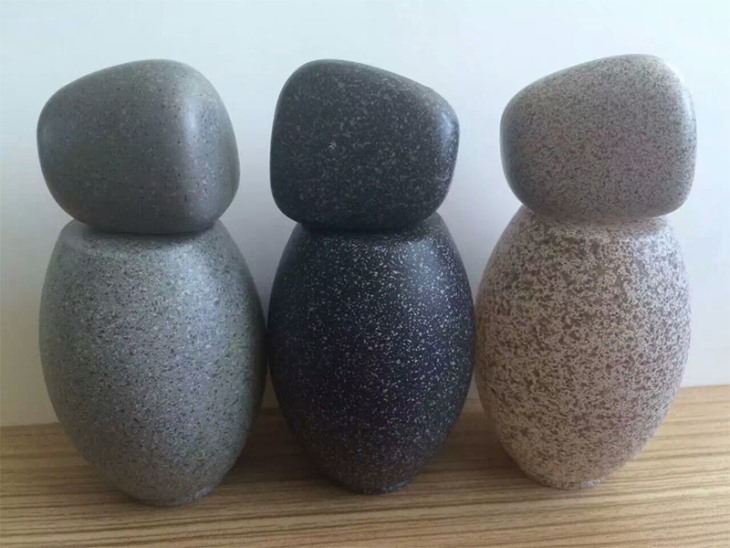1, color basics
Usually the color is divided into three elements: color, lightness and saturation. Color is also called hue, that is, red, orange, yellow, green, cyan, blue, purple, etc.; brightness is also called brightness, depicting the degree of light and darkness of color; saturation is also called chroma, depicting the degree of color.
2, the fundamental principle of color matching
Do not use more than three types of color paint for general color.
Different intermediate colors (ie, different colors) can be obtained by mixing the three colors of red, yellow and blue according to a certain ratio.
At the fundamental of the primary colors, participating in white, you can get different colors of saturation (ie, different shades of color).
On the basis of the primary colors, if you participate in black, you can get different colors (that is, colors with different brightness).
3, the basic principle of color
Red + yellow = orange
Red + blue = purple
Yellow + purple = green
4, the basic principle of complementary colors
Red and green complement each other, that is, red can reduce green, green can reduce red;
Yellow and purple complement each other, that is, yellow can reduce purple, purple can reduce yellow;
Blue and orange complement each other, that is, blue can reduce orange, orange can reduce blue;
5, the basic skills of color matching
1. The mixed color of the paint follows the principle of a subtractive color method. The three primary colors are red, yellow and blue, and their complementary colors are green, purple and orange. The so-called complementary color, that is, the two colors of light are mixed in a certain proportion to obtain white color light, the complementary color of red color is green, the complementary color of yellow is purple, and the complementary color of blue is orange. That is, if the color is too red, you can add green; if it is too yellow, you can add purple; if it is blue, you can add orange.
2. Before coloring, first determine which direction the color of the demand distribution is in the figure according to the following figure, and then select the two adjacent colors to be allocated according to a certain ratio.
3. Use the same glass plate material or the workpiece to be sprayed for coloring (the thickness of the substrate, sodium salt glass and calcium salt glass will have different effects).
4. When grading, first participate in the main color, then the color with stronger color strength is the vice, gradually participate in and continuously mix, you should investigate the color change at any time, sample, wipe, spray or stain on the clean sample. After the color is stable, it is color-coded with the original sample. It is necessary to grasp the principle of “from shallow to deep” in the whole process of coloring.
Glass paint is selected Tianmai Chemical! Guangzhou Tianmai Chemical Technology Co., Ltd. is the main product glass paint, water-based glass paint , water-based glass ink.

Related Industry Knowledge
- Floor paint construction acceptance standard floor paint construction plan
- Characteristics and construction technology of glass wine bottle paint
- Process difference and advantages and disadvantages of vacuum electroplating varnish and water electroplating varnish
- Waterborne metal baking paint spraying precautions
- About the construction of water-based glass bottle paint
- What are the problems with the epoxy floor paint in the underground parking lot?
- Double propylene polyurethane sealant construction process and precautions
- The difference between art floor and epoxy floor Guangzhou Tianmai supply high quality floor paint
- Several points that must be known before the construction of self-leveling epoxy floor paint
- Waterborne metal paint has become a mainstream product in the waterborne coating industry.
- What is the water-based cracking paint?
- How to make self-leveling epoxy floor paint last longer
- Which kind of parking lot anti-slip floor paint is better?
- What are the techniques for artificial color matching of floor paint?
- Guangzhou Tianmai waterborne metal paint product features
- Application of Colored Wear-resistant Road Surface Coatings in Deceleration Engineering
- Use of glass paint and correct use
- Method for removing grease on epoxy floor paint
- How to use water-based electroplating varnish
- Causes and prevention methods of bubbles in electroplating varnish

